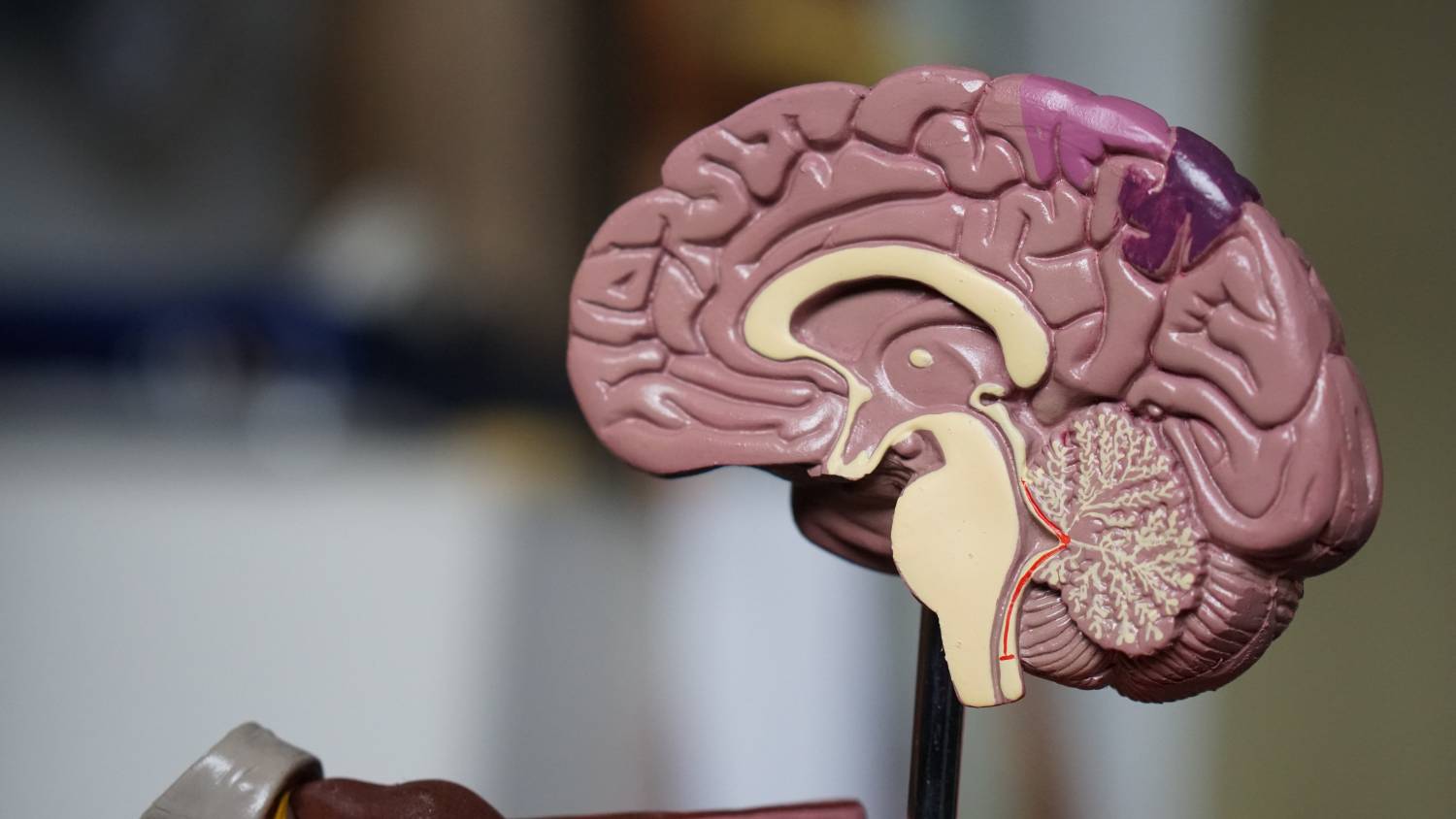Alzheimer’s Disease (AD)
Alzheimer’s disease (AD) is the most common neurodegenerative disease characterized by neuronal loss due to amyloid beta (Aβ) aggregations, neurofibrillary tangles (NFTs), and prominent neuroinflammation. Several therapeutics that targeted amyloid β aggregation, the primary component of AD plaques considered to be the most crucial step leading to AD dementia, were tested in clinical trials. However, none of them showed consistent improvements in AD patients. Hence, alternative approaches for AD treatment are needed.

Fig. 1 Alzheimer’s Disease.
The Role of Complement in AD
Despite that Aβ is a key factor in the development of AD, Aβ alone is reported not sufficient for both the cellular and cognitive loss observed in the disease. Actually, a series of physiological cascades are involved and one of them is the complement cascade initiated in response to the increased Aβ deposition, resulting in strong activation of inflammatory processes. As a consequence, interference with neuroinflammation as a new therapeutic approach for AD treatment has gained great interest recently. Currently, various complement components are known to be upregulated in AD brain, including C1q, C1r, C1s, and C2, C3, C4, C5, C6, C7, C8, C9.
C5aR as Complement Therapeutic Targets
C5a is a complement-derived peptide generated via cleavage of C5 molecule. C5a functional effects occur by binding to its receptors, C5aRs and C5L2. C5aR has long been identified as an attractive drug target for complement-based drug discovery due to its potent inflammatory activity with well-documented roles in a wide variety of diseases, as well as the desire to develop drugs which selectively target individual complement components, leaving the remainder of the cascade intact for host defense.

Fig.2 Microglia receptors involved in the amyloid cascade. (Doens, 2014)
C5aR in AD Interference
The pro-inflammatory complement factor C5a and its receptor C5aR have been found to be up-regulated in microglia in the immediate surroundings of cerebral amyloid plaques in different mouse models of AD. It was shown that the blockage of C5aR by the antagonist PMX205 led to a therapeutic benefit in a rat model of neurodegeneration. Moreover, studies reported that blocking of C5aR with this inhibitor resulted in a reduction of pathological markers in transgenic models of AD (e.g. Tg2576 and 3xTg mice), coupled with improved memory skills and reduced amyloid plaque formation.
Benefiting from the well-established Complement Therapeutics Platform and rich experience, Creative Biolabs guarantees you high-quality biopharmaceutical development services based on the complement system for AD. To keep up the pace with the rapidly evolved industry demands, we offer turn-key or ala carte services customized to our client’s needs. Please contact us to discuss your specific requirements.
Reference
1. Doens, D.; Fernández, P. L. Microglia receptors and their implications in the response to amyloid β for Alzheimer’s disease pathogenesis. Journal of Neuroinflammation. 2014, 11(1), 48.
Related Product
Questions & Answer
A: The complement system has a complex role in Alzheimer's disease, including Aβ clearance, microglia activation, neuroinflammation, apoptosis, and neuronal death.
A: For typical monoclonal antibodies or other large protein drugs administered systemically, the brain level is about 0.1% of the level in the blood, making it essentially impossible to get to the brain to inhibit the relatively abundant complement targets. Then, drug delivery becomes the biggest obstacle to treating AD. To circumvent this problem, either the drug must be designed to be BBB-permeable, or a "Trojan horse" carrier approach must be used.
A: It has been shown that C5aR antagonists can enter the CNS at pharmacologically active concentrations and slow the progression of ALS in mice. C1q could also be a major target for disrupting the complement system and preventing neuroinflammation and neurodegeneration. Another complement target could be C3aR, as it is a key receptor expressed in neurons and microglia. Another point of the complement system that could be studied is the classical pathway of the C3 translocase C4b2a. The regulation of this pathway prevents the cleavage of C3 to C3b, thus blocking the downstream pathways of the complement system and reducing synaptic loss and neurodegeneration.
For Research Use Only.


